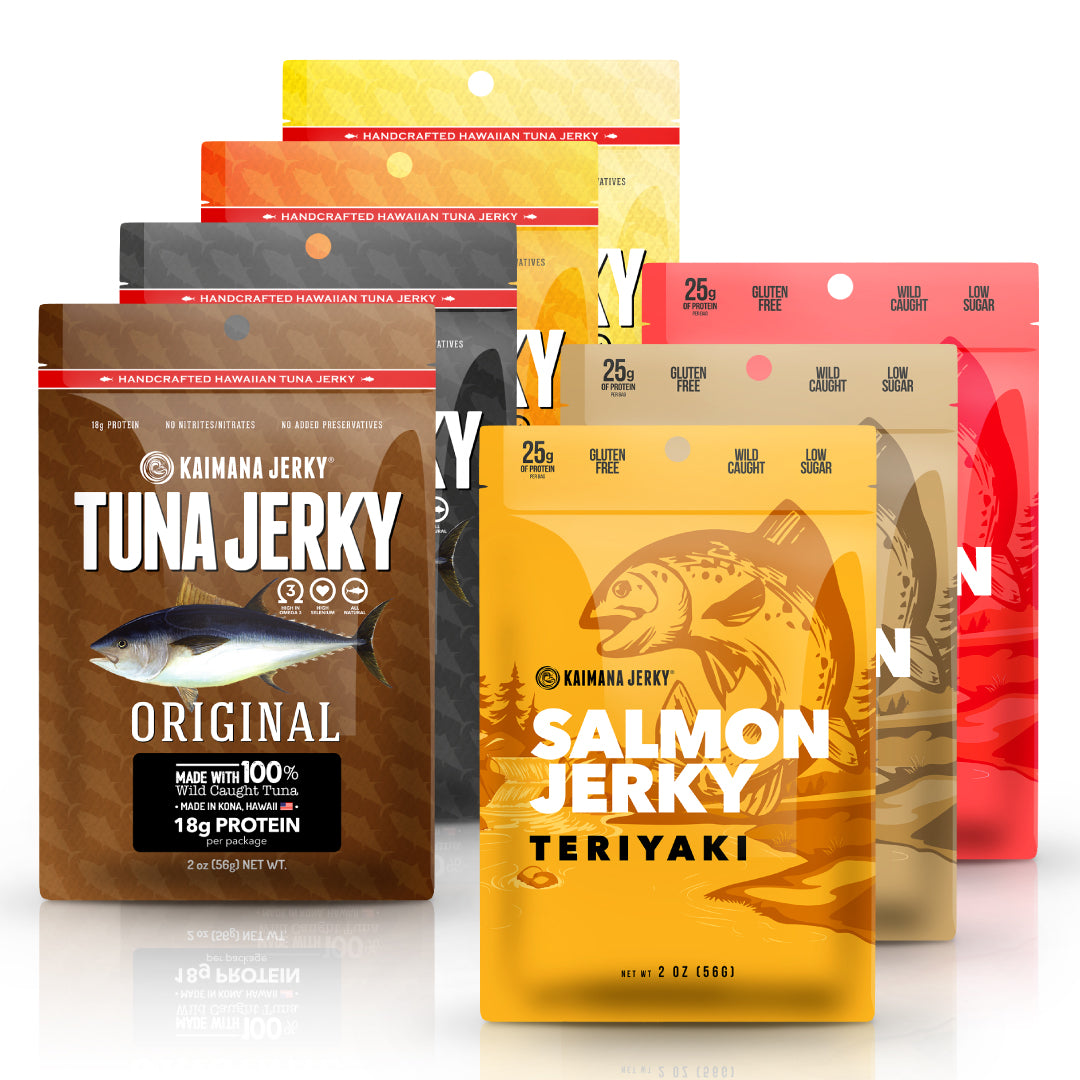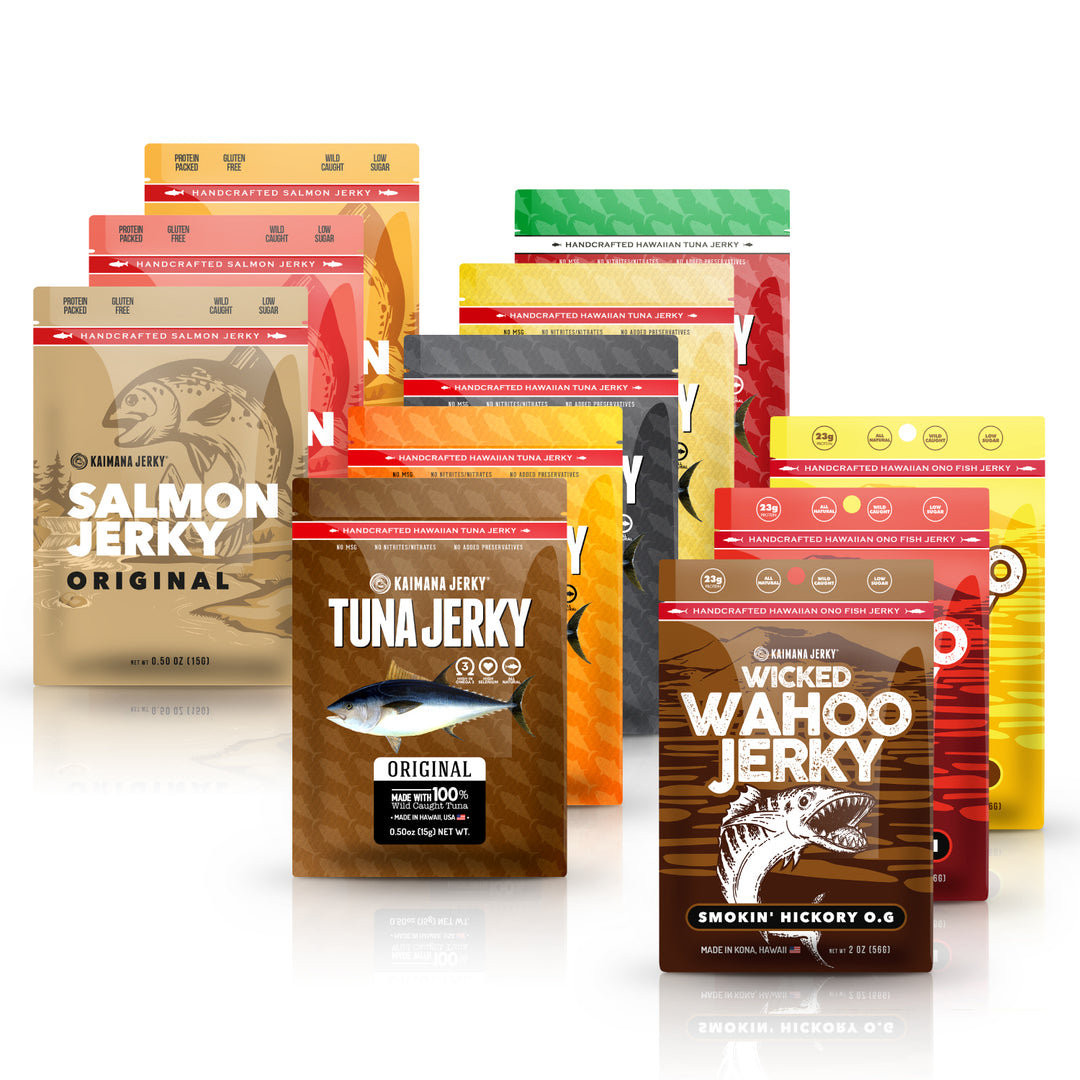How to cook salmon?
The easiest way to cook salmon is by baking, pan-searing, grilling, or air frying. Each method offers different textures and flavors. For beginners, baked salmon is a great choice -just season, pop it in the oven, and cook until it flakes easily with a fork.
How long to cook salmon in the oven?
Cook salmon at 400°F (200°C) for 12–15 minutes, depending on the thickness of the fillet. The salmon is done when it flakes with a fork and reaches an internal temperature of 125-130°F for a moist, tender result.
What is the best way to cook salmon?
The best method depends on your taste and tools. Baking is simple and healthy, pan-searing gives a crisp crust, and air frying is fast with minimal oil. Grilling adds a smoky flavor, while canned salmon is perfect for quick recipes like patties or salads.
How long to cook salmon in an air fryer?
Cook salmon in the air fryer at 400°F for 8-10 minutes. Thicker cuts may need up to 12 minutes. No need to flip - just season, air fry, and serve. It’s one of the quickest, most reliable ways to get juicy, crispy salmon.
How to cook salmon in a pan?
Heat oil in a skillet over medium-high heat. Place salmon skin-side down and cook for 4-5 minutes, then flip and cook another 2-4 minutes. This method is ideal for recipes like blackened salmon or Tuscan salmon with a creamy sauce.
How to season salmon?
Salmon pairs well with a variety of flavors. Try a mix of salt, pepper, lemon juice, and garlic, or use bold marinades like miso, teriyaki, or Cajun spice rubs. Season at least 10–15 minutes before cooking to let the flavors absorb.
What is the healthiest way to cook salmon?
The healthiest methods are baking, steaming, poaching, or air frying, as they use little or no added fat. These techniques retain salmon’s nutrients and natural flavor, making them ideal for clean eating and heart-healthy diets.
Can I use frozen salmon for recipes?
Yes, frozen salmon works great in most easy salmon recipes. Just thaw it in the fridge overnight or use the quick-thaw method under cold running water. Once thawed, cook as you would fresh fillets—baked, grilled, or pan-seared.
What temperature should salmon be cooked to?
For best results, cook salmon to an internal temperature of 125–130°F (52–54°C). This ensures the fish is moist and flaky. If you prefer well-done, aim for 135°F, but avoid overcooking to preserve tenderness.
How do I know when salmon is done?
Salmon is ready when it flakes easily with a fork and is slightly opaque in the center. Overcooking can make it dry, so keep an eye on it and remove it from the heat just before it’s fully cooked- it will continue cooking as it rests.
Can I meal prep salmon?
Yes! Salmon is great for meal prep. Cook a few fillets using simple salmon recipes like baked lemon salmon or teriyaki salmon, then store in airtight containers in the fridge for up to 3 days. Reheat gently to maintain texture.
Is canned salmon healthy?
Absolutely. Canned salmon is rich in omega-3s, protein, and calcium (if bones are included). It’s perfect for quick salmon recipes like patties, salads, or sandwiches, and has a long shelf life for pantry convenience.
What are the best seasonings for salmon?
Classic salmon seasonings include lemon, garlic, dill, black pepper, and olive oil. For bold flavors, try Cajun rubs, teriyaki sauce, miso glaze, or pesto. The key is to complement, not overpower, the fish’s natural richness.
Can I eat salmon skin?
Yes, salmon skin is edible and contains beneficial omega-3s. When pan-seared or broiled, the skin becomes crispy and flavorful. Just make sure it's thoroughly cleaned and cooked properly for the best texture.

















